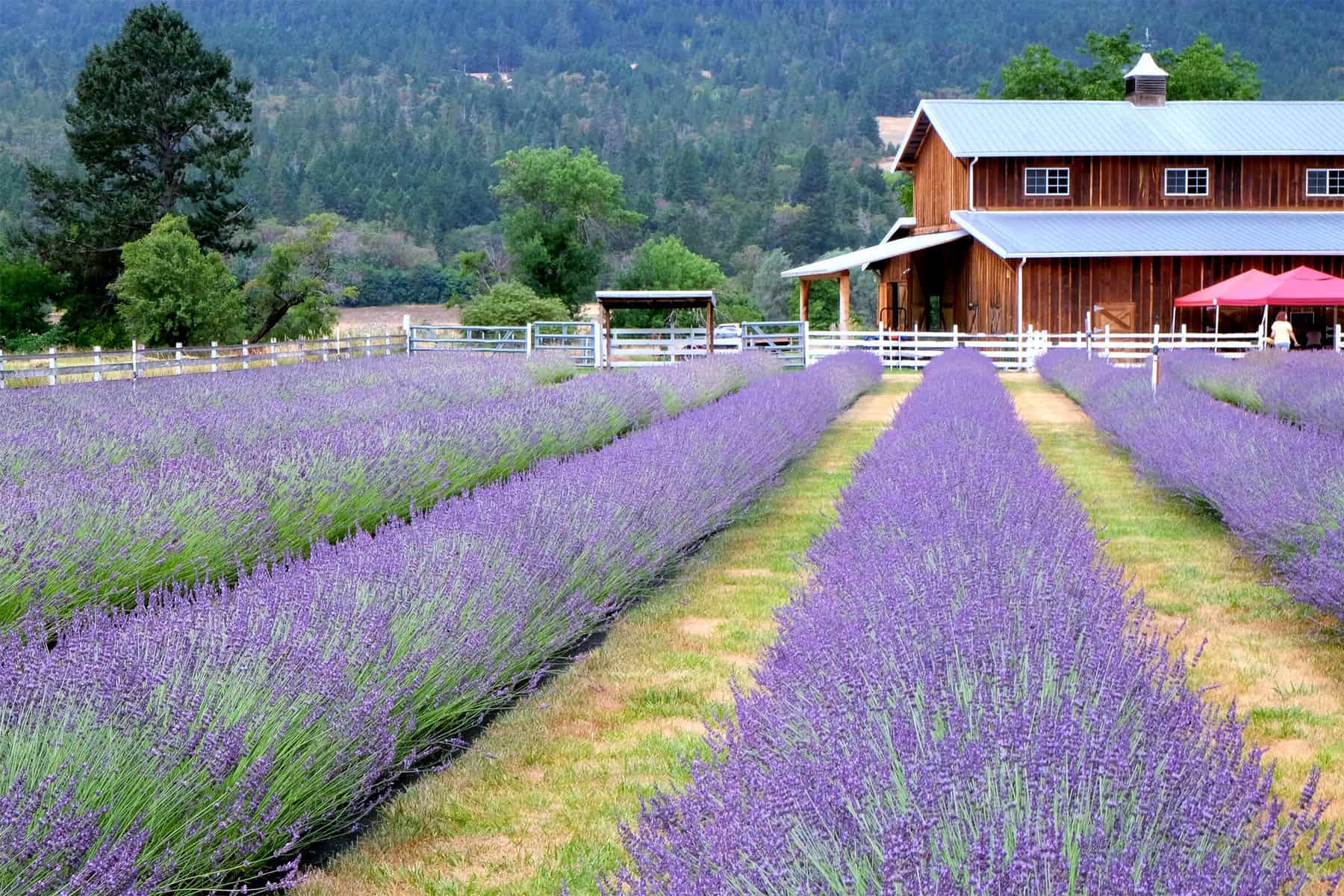Delightful Guide to Growing Lavender at Home for Parents
Hello, beautiful parents! Looking for a fantastic and fulfilling hobby? Well, you’ve landed on the right page. This is your, oh-so-helpful guide to creating a dreamy lavender farm right at your backyard. It’s therapeutic, it’s exciting, and even your kiddos will love it!
The Aromatic Splendor of Lavender
Lavender! Ah, such a joy to even say the word. Doesn’t it bring images of vast purple fields gently swaying in the breeze to mind? The mind-blowing aroma wafting through the air? Now imagine experiencing all that right at home. In this section, we’re diving into an overview of what it means to farm lavender.
The Charm of Lavender
Lavender, or Lavandula, is not only charming to look at but has practical benefits that are hard to ignore. Besides its renowned calming effects, it’s also a popular ingredient in many recipes, soaps, and décor. Its vibrant purple buds are a fan favorite among bees and butterflies, adding an extra sprinkle of enchantment to your garden.
Why Grow Lavender at Home?
Apart from adding a burst of color and fragrance to your yards, lavender is versatile and requires low maintenance. It’s heat, drought, and frost-resistant, making it a favorite choice among newbie green thumbs and seasoned gardeners. Additionally, it’s a fantastic educational tool to engage your little ones in understanding nature better.
Your Step-By-Step Guide to Farming Lavender
Alright, now that we know why lavender can turn your backyard into a magical space, let’s plunge into the process of farming lavender. Even if you’ve never held a shovel before, fret not! This all-inclusive guide will make your journey to becoming a lavender farmer a breeze. Stay tuned for more details in the guide!

Choose Your Lavender Variety
Lavender comes in all shapes and sizes! For beginners, Lavandula angustifolia, also known as English lavender, is often recommended due to its ability to withstand various weather conditions. For a hint of diversity, consider planting the vibrant French lavender, or Lavandula dentata, known for its ornamental leaves.
Find the Perfect Spot
Lavender loves the sun. Make sure to pick a spot that receives at least six hours of direct sunlight daily. Something to remember: These purple beauties prefer well-drained soil, so avoid areas prone to water logging.
Planting Your Lavender
Whether you opt for seeds or starter plants, lavender farming is an exciting task! Make a small mound of soil, place your lavender at the top, and cover the roots with more soil. Ensure each plant is spaced around 18-24 inches apart to allow for growth.
Water and Care
Water your newly planted lavender once to twice a week during the first month. After this, only water when the soil feels dry because lavender is a bit drought-tolerant. Also, a bit of pruning in the spring will help your plants maintain a nice rounded shape and encourage more flower production.
Lavender Farming: More Than Just Gardening
We hope this charming guide motivates you to dive into the world of lavender farming. It’s more than just gardening; it works wonderfully as a bonding avenue for the family, a way to promote mental well-being, and a space to teach vital life skills to your children.
In the end, you’re not just growing a garden; you’re nurturing a haven of tranquility that welcomes both your family and the local wildlife. It’s an epic addition to your yard and a joyous adventure for you and your kids. Happy farming, dear parents! It’s time to tickle your green thumb.
Preparing for Farm Lavender: A Guide for Parents
Planting and tending to a farm lavender is a wonderful activity that parents and children can enjoy together. Here are the top 5 things parents should know when preparing for farm lavender.
1. Choosing the Right Location
Lavender plants need lots of sunlight, at least six hours daily. Choose a location with well-drained soil or consider creating raised beds or mounds to prevent waterlogging.
2. Understanding the Different Types of Lavender
Parents should familiarize themselves with the different types of lavender, such as English, French, and Spanish lavender. Each variety has different growing needs and tolerances to weather conditions.
3. Timing of Planting
Lavender should ideally be planted in the spring after the last frost. However, in warmer climates, it can be planted in the fall. Parents need to take their local climate into account when planning their lavender farm.
4. Care and Maintenance
Lavender does not require excessive watering. Over-watering can cause root rot, which can kill the plant. Regular pruning after flowering will help promote more blooms.
5. Harvesting and Usage
Harvest flowers when the lavender is in full bloom. Cut the stalks when the bottom flowers start to open for optimal scent. The harvested lavender can be used for a variety of purposes, from aromatherapy to cooking.
In conclusion, preparing to farm lavender requires thoughtful planning, understanding the needs of the plant, and ensuring regular maintenance. This rewarding activity can also serve as a learning experience for your children, instilling in them a love for nature and the benefits of hard work and patience.
For more great articles please see here. For more information see here
Disclaimer
The articles available via our website provide general information only and we strongly urge readers to exercise caution and conduct their own thorough research and fact-checking. The information presented should not be taken as absolute truth, and, to the maximum extent permitted by law, we will not be held liable for any inaccuracies or errors in the content. It is essential for individuals to independently verify and validate the information before making any decisions or taking any actions based on the articles.




